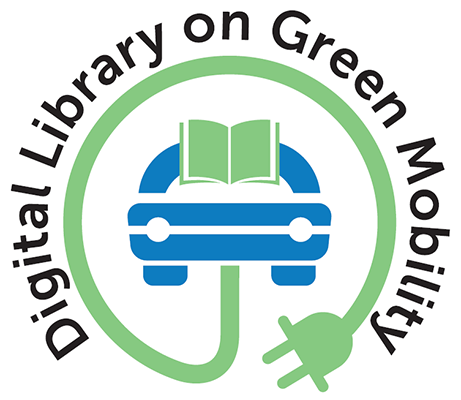Research Papers/Articles
Environmental Impact Assessment of Second Life and Recycling for LiFePO4 Power Batteries in China
2022
Author(s): Wang Y, Tang B, Shen M, Wu Y, Qu S, Hu Y, Feng Y
To investigate the environmental benefits of end-of-life (EoL) stage for LFP batteries, two EoL management scenarios are considered in this study.
If Electric Cars Are Good for Reducing Emissions, They Could Be even Better with Electric Roads
2022
Author(s): Morfeldt J, Shoman W, Johansson DJA, Yeh S, Karlsson S
This research investigates carbon footprint impacts for full fleet electrification of Swedish passenger car travel in combination with different charging conditions, including an electric road system (ERS) that enables dynamic on-road charging.
Should India Move toward Vehicle Electrification? Assessing Life-Cycle Greenhouse Gas and Criteria Air Pollutant Emissions of Alternative and Conventional Fuel Vehicles in India
2022
Author(s): Peshin T, Sengupta S, Azevedo IML
The authors perform a state-specific life-cycle assessment of greenhouse gases (GHG) (CO2eq) and sulfur dioxide (SO2) emissions in India for representative passenger vehicles (two-wheelers, three-wheelers, four-wheelers, and buses) and technologies (internal combustion engine, battery electric, hybrid electric, and plug-in hybrid electric vehicles).
Sustainable Electric Vehicle Batteries for a Sustainable World: Perspectives on Battery Cathodes, Environment, Supply Chain, Manufacturing, Life Cycle, and Policy
2022
Author(s): Yang Z, Huang H, Lin F
Li-ion batteries (LIBs) can reduce carbon emissions by powering electric vehicles (EVs) and promoting renewable energy development with grid-scale energy storage. However, LIB production and electricity generation still heavily rely on fossil fuels, resulting in major environmental concerns.
When, Where and How Can the Electrification of Passenger Cars Reduce Greenhouse Gas Emissions?
2022
Author(s): Sacchi R, Bauer C, Cox B, Mutel C
This paper introduces carculator, a Python library to conduct environmental life cycle assessments of current and future passenger vehicles. Because carculator is open-source and equipped with an easy-to-use online graphical user interface, it produces context-specific results, deemed more relevant than results otherwise published in more static formats.
Electrification of Heavy-Duty Vehicles in Emerging Markets
2022
Author(s): Khan T, Yang Z
The objectives of this paper are to assess the status of zero-emission HDV deployment and policies in Emerging Markets and Developing Economies (EMDEs), evaluate the major policy levers for HDV electrification, and identify policy barriers and key recommendations for HDV electrification in the EMDEs.

Life Cycle CO2 Emissions for the New Energy Vehicles in China Drawing on the Reshaped Survival Pattern
2022
Author(s): Yu R, Cong L, Hui Y, Zhao D, Yu B
This paper expands on the previous studies by examining the NEVs' age and distribution based on the national representative China Compulsory Traffic Accident Liability Insurance for Motor Vehicles (CTALI) database from 2018 to 2020.
The Use of E-Moped Increases Commute Satisfaction and Subjective Well-Being: Evidence From Shanghai, China
2022
Author(s): Sun S, Yao Y, Xu L, He X, Duan Z
The authors conducted an empirical study on the impact of commuting by e-mopeds, using survey data from eight residential communities in Shanghai. A path analysis model was established to investigate the relationships between commute characteristics (including commute distance, commute time, commute costs, transport mode choice, transport environment), socio-demographics, commute satisfaction, and subjective well-being.
The rapid deployment of zero-emission buses in Europe
2022
Author(s): Mulholland E, Rodríguez F
This briefing summarizes the current market for zero-emission buses, shows how manufacturers have responded to the rapid growth in demand, and identifies policy levers that will accelerate the deployment of these vehicles in Europe.
Considerations for the ReFuelEU aviation trilogue
2022
Author(s): Baldino C, Mukhopadhaya J
This briefing paper assesses the differences between the European Commission proposal for a ReFuelEU aviation regulation and the European Parliament and the Council of European Union’s amendments. It identifies which proposals would increase low-greenhouse gas (GHG) compliance options and reduce GHG emissions.



